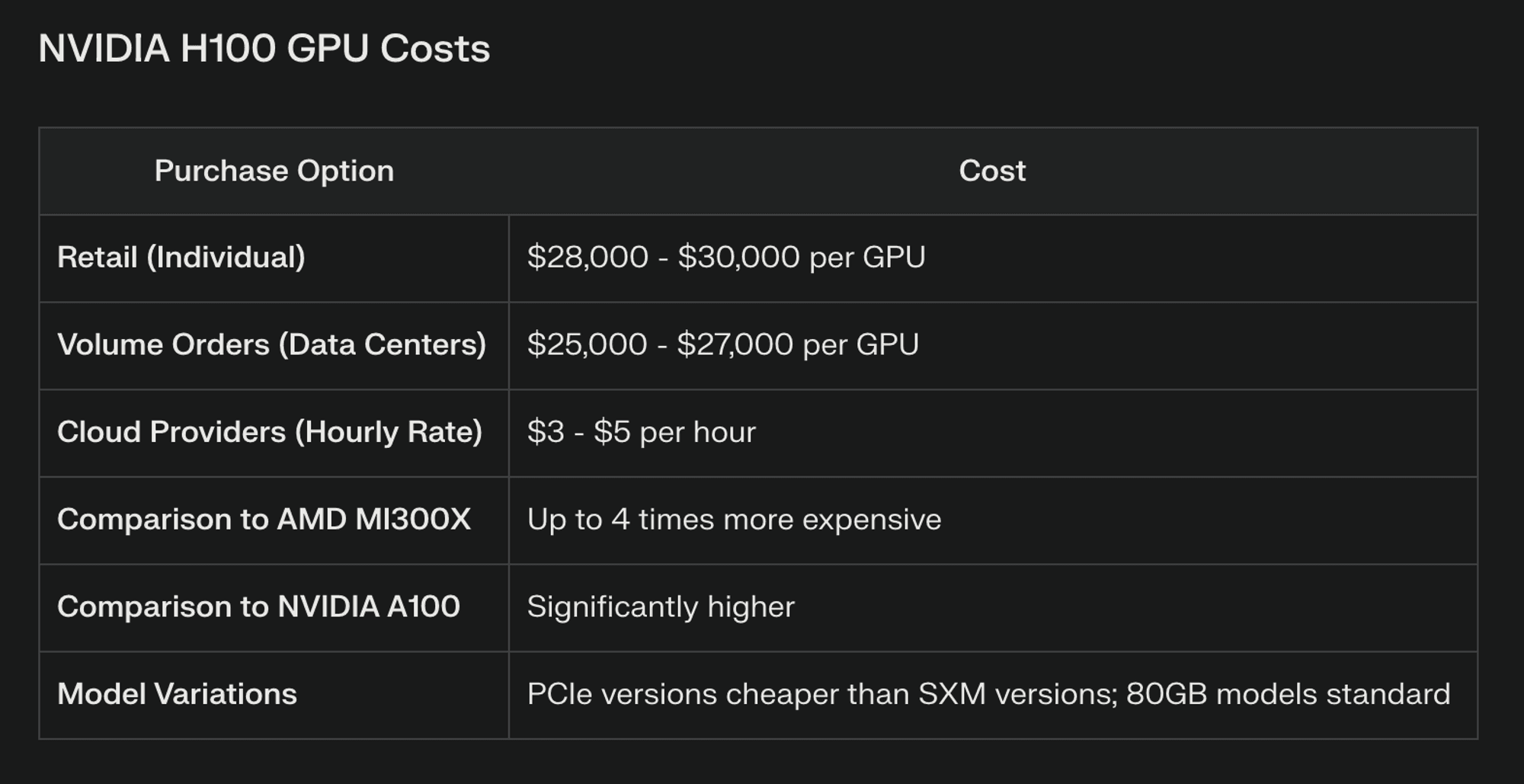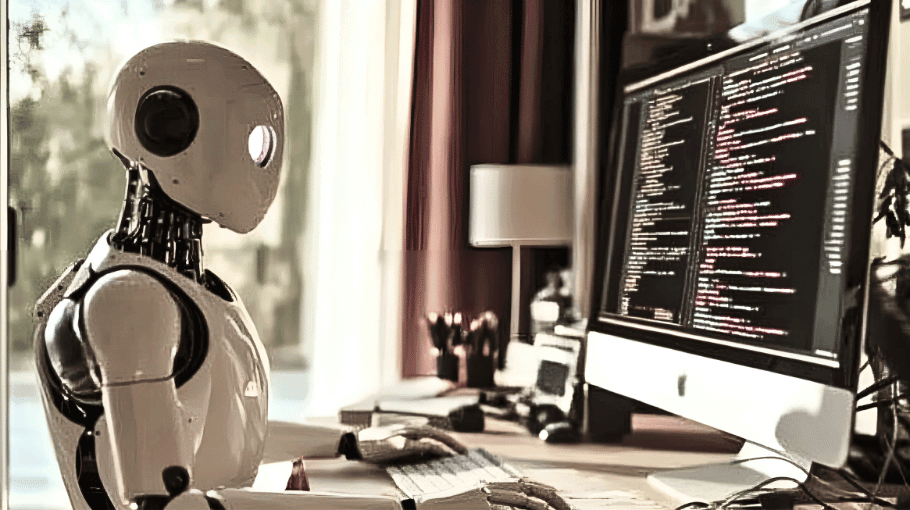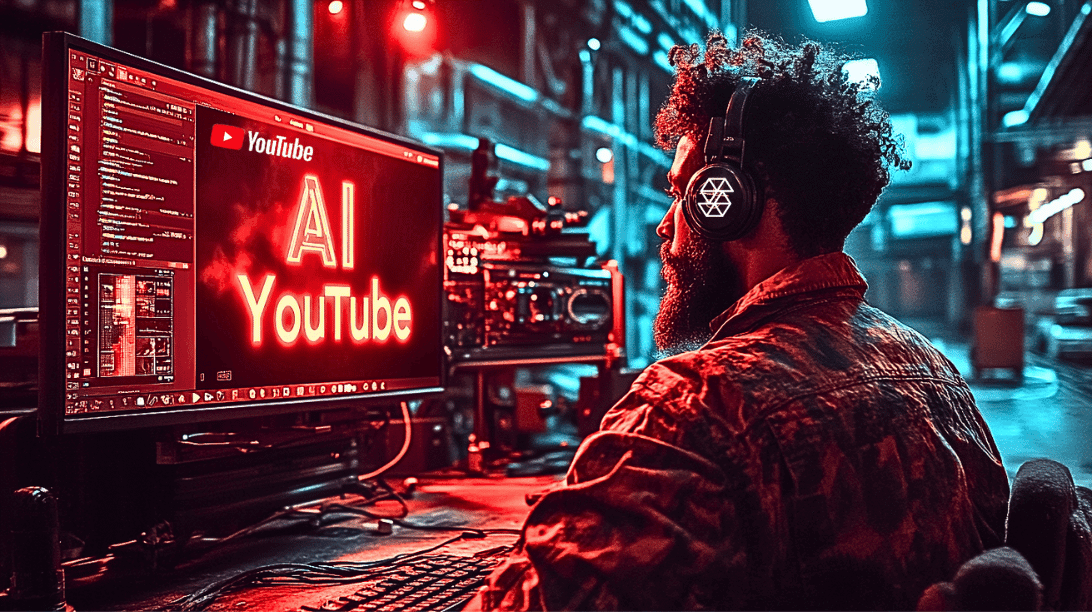Should Your Enterprise Consider Llama 3.1? – AI&YOU #66
Stat of the Week: 72% of surveyed organizations have adopted AI in 2024, a significant jump from around 50% in previous years. (McKinsey)
Meta’s recent release of Llama 3.1 has sent ripples through the enterprise world. This latest iteration of the Llama models represents a significant leap forward in the realm of large language models (LLMs), offering a blend of performance and accessibility that demands the attention of forward-thinking businesses.
In this week’s edition of AI&YOU, we are exploring insights from three blogs we published on the topics:
- Should Your Enterprise Consider Llama 3.1? – AI&YOU #66
- Understanding Llama 3.1
- Comparison with Previous Versions
- Open Weights vs. Proprietary Models
- Llama 3.1 Enterprise: Why You Should Adopt It
- Challenges Your Company Will Face When Integrating Llama 3.1
- Decision Factors for Enterprises
- Llama 3.1 vs. Proprietary LLMs: A Cost-Benefit Analysis for Enterprises
- Infrastructure and Deployment Costs
- Ongoing Maintenance and Updates
- Decision Framework:
- 10 Reasons Your Enterprise Should Consider Llama 3.1
- The Bottom Line
Should Your Enterprise Consider Llama 3.1? – AI&YOU #66
Llama 3.1, particularly its flagship 405B parameter variant, stands at the forefront of open-weight models, challenging the dominance of leading closed-source models like GPT-4 and Claude 3.5. For enterprises grappling with the decision to adopt or ignore this technological advancement, understanding its potential impact is crucial.
Understanding Llama 3.1
Llama 3.1 brings a host of improvements that position it as a formidable contender in the AI arena:
Enhanced Scale: The Llama 3.1 405B model boasts 405 billion parameters, making it one of the most capable models available with open weights.
Multilingual Prowess: Support for eight languages, including English, German, French, Italian, Portuguese, Hindi, Spanish, and Thai, broadens its global applicability.
Extended Context Window: With a 128K token context window, Llama 3.1 can process and understand much longer inputs, enhancing its utility for complex tasks.
Improved Reasoning and Tool Use: The model demonstrates enhanced capabilities in areas such as code generation, mathematical reasoning, and general knowledge application.
Safety Features: Integrated safety measures like Llama Guard 3 and Prompt Guard aim to mitigate risks associated with AI deployment.

Comparison with Previous Versions
Compared to its predecessors, Llama 3.1 showcases significant advancements:
Performance Boost: Benchmark tests reveal that Llama 3.1 405B outperforms or matches many leading closed-source models in tasks ranging from general knowledge to specialized problem-solving.
Efficiency Gains: Despite its larger size, optimizations in the training process and architecture have led to more efficient models across the Llama 3.1 family.
Expanded Capabilities: The introduction of synthetic data generation and model distillation capabilities opens new avenues for enterprise AI applications.
Open Weights vs. Proprietary Models
Llama 3.1’s open-weight nature distinguishes it from proprietary alternatives, offering transparency that closed models lack. This allows for community scrutiny and improvements. Enterprises can fine-tune Llama 3.1 on their data, creating specialized models without compromising privacy. While open weights may reduce implementation costs, deploying large models still requires significant computing power.
Llama 3.1’s openness is likely to accelerate AI innovation, as developers can build upon and improve the model more freely. Its comparable performance to leading closed-source models, combined with its flexibility, makes it an attractive option for enterprises leveraging generative AI.
Llama 3.1 Enterprise: Why You Should Adopt It
Customization and Fine-Tuning Capabilities
Llama 3.1’s open weights allow customization, enabling enterprises to create specialized models that understand industry nuances. This adaptability ensures AI solutions remain effective as business needs evolve, providing a significant competitive advantage.
Cost-Effectiveness Potential
While initial investment can be substantial, Llama 3.1 offers long-term cost benefits by eliminating ongoing licensing fees. Its range of model sizes provides scalability options, and techniques like model distillation can optimize resource utilization without compromising performance.
Performance Benchmarks
Llama 3.1 competes with leading closed-source models across various tasks, including general knowledge, code generation, mathematical problem-solving, and multilingual proficiency. This versatility makes it suitable for diverse enterprise applications.
Flexibility and Vendor Independence
Adopting Llama 3.1 grants enterprises greater autonomy in their AI strategy, reducing dependency on a single provider. It offers flexible deployment options, allowing companies to choose between on-premises, cloud-based, or hybrid solutions based on their needs.

Challenges Your Company Will Face When Integrating Llama 3.1
Deployment Costs and Infrastructure Requirements
Implementing Llama 3.1 requires significant upfront investment, especially for the 405B parameter model. Operational expenses, including energy consumption and data center management, can be substantial. Careful planning is necessary to balance costs against expected returns.
Technical Expertise Needed
Effectively using Llama 3.1 demands high-level AI expertise for fine-tuning, deployment, and maintenance. Companies must invest in building or acquiring this expertise through recruitment or training. Ongoing learning is crucial to fully exploit Llama 3.1’s potential.
Potential Limitations Compared to Proprietary Models
Llama 3.1 may face limitations compared to proprietary models in areas like cutting-edge features, comprehensive support, and update frequency. Enterprises must weigh these factors against the benefits of customization and independence offered by Llama 3.1.
Ongoing Support and Maintenance Considerations
Adopting Llama 3.1 requires long-term commitment to model management, including regular updates, performance monitoring, and retraining. Enterprises must also address potential biases and ethical issues, implementing robust governance frameworks to responsibly leverage this powerful foundation model.
Decision Factors for Enterprises
Use Case Alignment
Evaluate how Llama 3.1’s capabilities match intended applications. It excels in code generation, multilingual support, and general knowledge tasks. For highly specialized applications, consider if fine-tuning efforts outweigh benefits.
Resource Availability
Assess technical and financial capacity to handle Llama 3.1’s computing power, data storage, and operational costs. Smaller organizations might start with 8B or 70B variants for balance between performance and resource demands.
Data Privacy and Security Requirements
Consider Llama 3.1’s open-weight nature for industries with sensitive data. It allows on-premises deployment but requires robust security measures. Evaluate ability to implement and maintain these protocols.
Long-term AI Strategy
Ensure Llama 3.1 adoption aligns with broader AI strategy. Consider its potential for synthetic data generation, model distillation, and performance in key areas like general knowledge and tool use.
Ecosystem and Support Considerations
Assess internal capabilities for troubleshooting, optimization, and staying current with Llama ecosystem developments, as it may lack comprehensive support of proprietary models.
Ethical and Governance Framework
Prepare to address bias mitigation, responsible AI use, and potential societal impacts. Establish clear guidelines for model use, regular audits, and mechanisms for addressing unintended consequences.
Llama 3.1 vs. Proprietary LLMs: A Cost-Benefit Analysis for Enterprises
The most apparent cost difference between Llama 3.1 and proprietary models lies in licensing fees. Proprietary LLMs often come with substantial recurring costs, which can scale significantly with usage. These fees, while providing access to cutting-edge technology, can strain budgets and limit experimentation.
Llama 3.1, with its open weights, eliminates licensing fees entirely. This cost-saving can be substantial, especially for enterprises planning extensive AI deployments. However, it’s crucial to note that the absence of licensing fees doesn’t equate to zero costs.

Infrastructure and Deployment Costs
While Llama 3.1 may save on licensing, it demands significant computational resources, particularly for the 405B parameter model. Enterprises must invest in robust hardware infrastructure, often including high-end GPU clusters or cloud computing resources. For example, running the full 405B model efficiently may require multiple NVIDIA H100 GPUs, representing a substantial capital expenditure.
Proprietary models, typically accessed through APIs, offload these infrastructure costs to the provider. This can be advantageous for companies lacking the resources or expertise to manage complex AI infrastructure. However, high-volume API calls can also quickly accumulate costs, potentially outweighing the initial infrastructure savings.

Ongoing Maintenance and Updates
Maintaining an open-weight model like Llama 3.1 requires ongoing investment in expertise and resources. Enterprises must allocate budget for:
Regular model updates and fine-tuning
Security patches and vulnerability management
Performance optimization and efficiency improvements
Proprietary models often include these updates as part of their service, potentially reducing the burden on in-house teams. However, this convenience comes at the cost of reduced control over the update process and potential disruptions to fine-tuned models.
Decision Framework:
Scenarios favoring Llama 3.1 include:
Highly specialized industry applications requiring extensive customization
Enterprises with strong in-house AI teams capable of model management
Companies prioritizing data sovereignty and complete control over AI processes
Scenarios favoring proprietary models include:
Need for immediate deployment with minimal infrastructure setup
Requirement for extensive vendor support and guaranteed SLAs
Integration with existing proprietary AI ecosystems
10 Reasons Your Enterprise Should Consider Llama 3.1
1️⃣ Llama 3.1’s open-weight architecture offers flexibility and customization for your specific business needs.
2️⃣ By eliminating per-query licensing fees, Llama 3.1 provides a cost-effective solution for scaling AI operations.
3️⃣ Benchmark tests show Llama 3.1 delivers competitive performance comparable to leading proprietary models.
4️⃣ Fine-tuning capabilities allow you to adapt Llama 3.1 to your domain, continuously improving its performance with your data.
5️⃣ On-premises deployment options ensure data privacy and control, helping maintain compliance with stringent regulations.
6️⃣ Llama 3.1’s synthetic data generation feature can augment your training datasets and simulate complex scenarios.
7️⃣ The model distillation capabilities of Llama 3.1 enable the creation of efficient, specialized models optimized for your specific tasks.
8️⃣ Access to a vibrant open-source community provides rapid innovation, diverse tools, and collaborative problem-solving.
9️⃣ Adopting Llama 3.1 can future-proof your AI strategy by developing in-house expertise and maintaining adaptability to emerging trends.
🔟 Llama 3.1’s enhanced multilingual support expands your global reach and improves cross-cultural communication.
The Bottom Line
Llama 3.1 represents a significant leap forward in open-weight large language models, offering enterprises a powerful foundation for AI innovation. Its comparable performance to leading closed-source models, coupled with the flexibility for customization and fine-tuning, makes it an attractive option for many organizations.
However, the decision to adopt Llama 3.1 must be made with a clear understanding of the technical challenges, resource requirements, and ongoing commitments involved. By carefully evaluating their specific needs, resources, and long-term AI strategy, your enterprise can determine whether Llama 3.1 is the right choice to drive its AI initiatives forward.
Thank you for taking the time to read AI & YOU!
For even more content on enterprise AI, including infographics, stats, how-to guides, articles, and videos, follow Skim AI on LinkedIn
Are you a Founder, CEO, Venture Capitalist, or Investor seeking AI Advisory, Fractional AI Development or Due Diligence services? Get the guidance you need to make informed decisions about your company’s AI product strategy & investment opportunities.
We build custom AI solutions for Venture Capital and Private Equity backed companies in the following industries: Medical Technology, News/Content Aggregation, Film & Photo Production, Educational Technology, Legal Technology, Fintech & Cryptocurrency.






